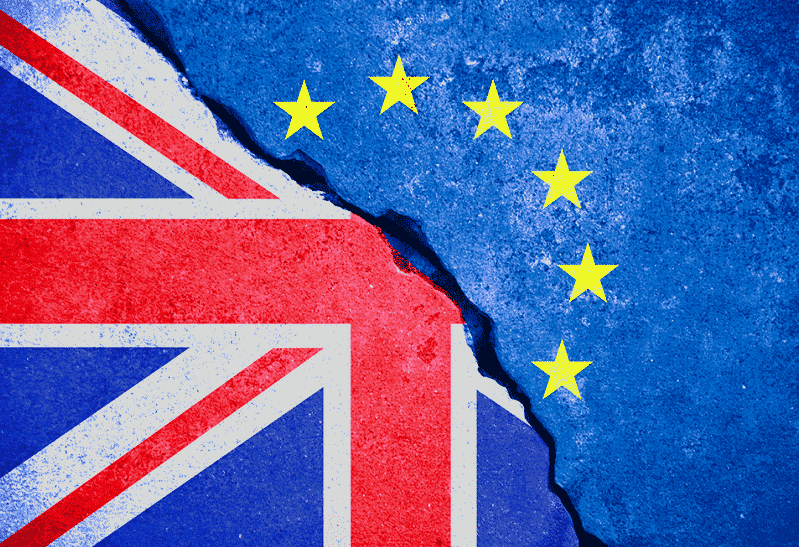The cosmetic labeling requirements are quite complicated and even more in Europe! It’s a great idea to start selling your cosmetics products in EU and UK because these cosmetics and personal care markets are, along-side the USA, the largest markets for cosmetic products in the world (Valued at €80 billion at retail sales price in 2021). The largest national markets for cosmetics and personal care products within Europe are: Germany (€13.6 billion), France (€12.0 billion), Italy (€10.6 billion), the UK (€9.9 billion), Spain (€6.9 billion) and Poland (€4.0 billion).
Cosmetic product labeling requirements

Pay attention because the cosmetic product labeling requirements in Europe is indeed a delicate matter and labels only in English are indeed not always sufficient. The labels (or certain parts of the labels) indeed must be translated in the country’s language, but it really depends on each EU country… and Biorius, your cosmetics Regulatory Expert, can provide guidance and arrange the translations for you as part of an additional service.
The risks associated to not respecting this depends on the country where the controls are done. For example, for Italy you must follow the LEGISLATIVE DECREE 4 December 2015, n. 204 Sanctioning discipline for the violation of Regulation (EC) no. 1223/2009 on cosmetic products. The Art. 5 of this decree reports: Violation of the obligations deriving from article 6 of the regulation on the obligations of distributors. The distributor who does not carry out the verifications referred to Article 6, paragraph 2, of the regulation (which include the labelling we are discussing here) is punishable by a fine from € 3.000€ to 30.000€.
Cosmetic labeling requirements: welcome to EU and their 27 countries and 24 languages
EU is one of the largest market for cosmetic products in the world ! To help consumers for their purchases and to protect their health, all important information always has to be easily accessible, readable and understandable by the consumer at the time of purchase.
To avoid these complex and annoying cosmetic labeling requirements (and time-consuming translations of the labels in various languages), it may seem tempting to start with UK, the 8th biggest cosmetic industry in the world… but this will not give you proper access to other countries in EU for example.
The cosmetic labeling requirements are actually quite simple
The end-consumer has to understand precisely what he is buying when he is checking the product.
Brief reminder of the cosmetic labeling requirements for Europe
The EU cosmetic labelling rules may seem very confusing and although it falls under the responsibility of the distributors (according to Article 6 of the EU Cosmetics Regulation), the design and edition of labels and packaging are and remain a costly exercise for cosmetic brand owners.
Some elements will indeed have to be translated into all the official languages of the countries where the products are marketed, and Distributors have to ensure this info is properly translated.
The distributors are of course fully entitled to refuse products that would not comply with these requirements.
Minimal legal requirements imposed by the European Cosmetics Regulation
According to Article 19 §5 of the EU Cosmetics Regulation
- The nominal content
- The PaO (Period after Opening) or the date of minimum durability (or the cosmetic expiration date), with sentence like “Best used before the end of…” is used.
- The warnings, precautionary use statements
- The function of the cosmetic product (not mandatory if obvious but to be translated if reported on the product label)
- The enclosed or attached leaflet, label, tape, tag or card if there is one
- The notice in immediate proximity to the container in which the cosmetic product is exposed for sale if any
The labeling of the product function is not mandatory if this one is clear from the product presentation. However, if you have to (or decide to) label it, then it has to be in the appropriate language(s).
Translating the claims is not a formal requirement of the European legislation but more an interpretation of the legislation by the National Authorities. Indeed, Regulation EU No 655/2013 on the justification of cosmetic claims mentions that “The acceptability of a claim shall be based on the perception of the average end user of a cosmetic product, who is reasonably well-informed and reasonably observant and circumspect, taking into account social, cultural and linguistic factors in the market in question.”
On this basis, it is usually considered as safer to translate the claims in the language(s) of the countries where the product is sold.
Cosmetic labeling translations
Not translating the claims should not be a problem in northern European countries such as The Netherlands, Finland, Denmark, Sweden or Iceland for instance but not translating the claims is likely to be a problem in southern European countries.
One country that even passed a national law to ensure that everything on the label is translated in their national language is France. Not translating the labels in French if the products are placed on these markets may lead to compliance issues.
Indeed, in France, the Toulon’s law (n°94-665 of August 4th, 1994) obliges you to use the French language for labeling purposes. The only labeling element that is exempted from translation is the “Made in” statement. This exemption does not extend to similar statements such as “Country of origin”.
Another example is Italy where scrupulous checks are performed by customs to ensure that the products bear correctly the Italian language.
Summary cosmetic labeling requirements
Making a Label Review in Europe (complete review and revision of labels and claims that take into account all European regulations) and a consultancy on specific claims or topics that the brand wants to promote as marketing text by a recognized and renown company (like Biorius) really seems like the best idea for your business.
And last but not least, the Responsible Person (or Legal Representative)

The Responsible Person also has to appear on the labels (it is a completely mandatory legal obligation).
The Responsible Person (or Legal Representative) must be easily found and contacted for the following reasons:
- Protecting a brand against compliance issues
- Assisting with legal questions related to the EU Cosmetics Regulation
- Answering all questions from National Competent Authorities (27 EU Member States)
- Managing all inspections decided by the Supervisory Competent Authorities
- Keeping a close eye on regulatory developments and keeping a brand up to date
- Handling all cosmetovigilance issues (undesirable effects) by following-up with the consumers and ensuring the best course of action
The CPNP notifications are always made by the Responsible Person (or Legal Representative).
CPNP meaning
- CPNP = Cosmetic Products Notification Portal
- The CPNP is a notification to Europe that a cosmetic product will be sold in Europe
- The CPNP notifications are made so that each European National Competent Authorities knows who they have to contact if they wish to organize a further inspection
And I will end these explanations by saying that Biorius can of course completely help you with all the points hereabove. Feel free to contact us.
Contact us
For more information, do not hesitate to contact your CRM (Customer Relationship Manager), if you are already a Biorius’ client or to contact us at info@biorius.com.

